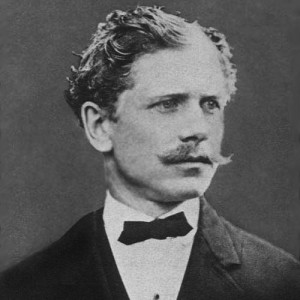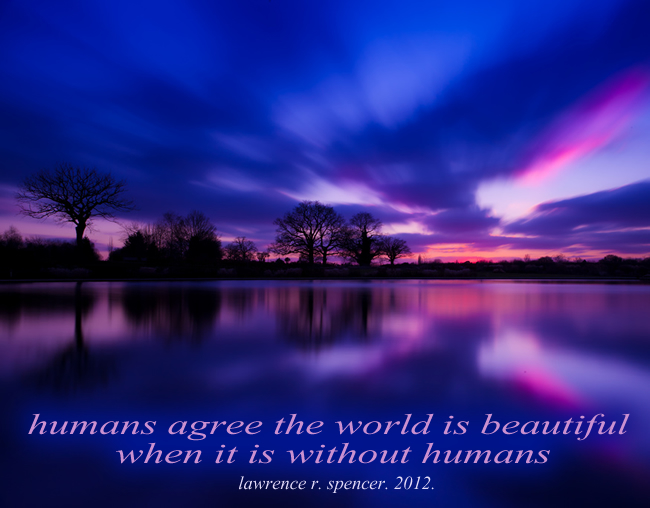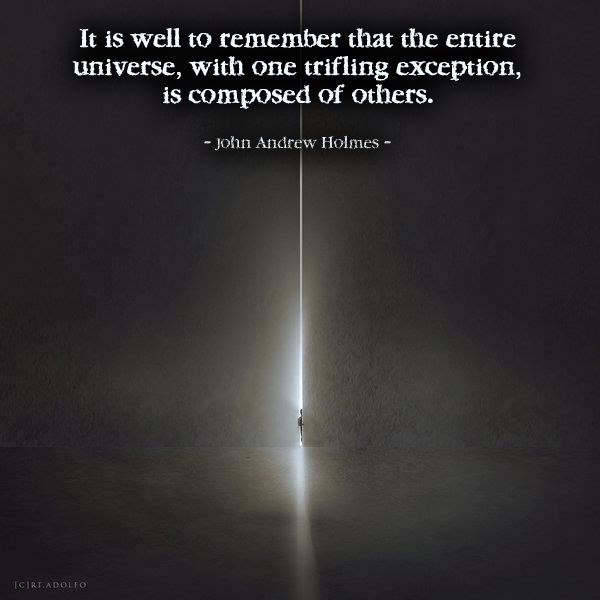Republished by Blog Post Promoter

ABRACADABRA
“By Abracadabra we signify
An infinite number of things.
‘Tis the answer to What? and How? and Why?
And Whence? and Whither?— a word whereby
The Truth (with the comfort it brings)
Is open to all who grope in night,
Crying for Wisdom’s holy light.
Whether the word is a verb or a noun
Is knowledge beyond my reach.
I only know that ’tis handed down.
From sage to sage,
From age to age—
An immortal part of speech!
Of an ancient man the tale is told
That he lived to be ten centuries old,
In a cave on a mountain side.
(True, he finally died.)
The fame of his wisdom filled the land,
For his head was bald, and you’ll understand
His beard was long and white
And his eyes uncommonly bright.
Philosophers gathered from far and near
To sit at his feet and hear and hear,
Though he never was heard
To utter a word
But “Abracadabra, abracadab,
Abracada, abracad,
Abraca, abrac, abra, ab!”
‘Twas all he had,
‘Twas all they wanted to hear, and each
Made copious notes of the mystical speech,
Which they published next—
A trickle of text
In the meadow of commentary.
Mighty big books were these,
In a number, as leaves of trees;
In learning, remarkably— very!
He’s dead,
As I said,
And the books of the sages have perished,
But his wisdom is sacredly cherished.
In Abracadabra it solemnly rings,
Like an ancient bell that forever swings.
O, I love to hear
That word make clear
Humanity’s General Sense of Things.”
~ Jamrach Holobom
from THE DEVIL’S DICTIONARY by AMBROSE BIERCE, written between 1888 – 1906
_____________________________
 Ambrose Gwinnett Bierce (June 24, 1842 – circa 1914) was an American editorialist, journalist, short story writer, fabulist, and satirist. He wrote the short story “An Occurrence at Owl Creek Bridge” and compiled a satirical lexicon, The Devil’s Dictionary. His vehemence as a critic, his motto “Nothing matters”, and the sardonic view of human nature that informed his work. In 1913, Bierce traveled to Mexico to gain first-hand experience of the Mexican Revolution. While traveling with rebel troops, he disappeared without a trace.
Ambrose Gwinnett Bierce (June 24, 1842 – circa 1914) was an American editorialist, journalist, short story writer, fabulist, and satirist. He wrote the short story “An Occurrence at Owl Creek Bridge” and compiled a satirical lexicon, The Devil’s Dictionary. His vehemence as a critic, his motto “Nothing matters”, and the sardonic view of human nature that informed his work. In 1913, Bierce traveled to Mexico to gain first-hand experience of the Mexican Revolution. While traveling with rebel troops, he disappeared without a trace.
READ THE ENTIRE TEXT OF THE DEVIL’S DICTIONARY






